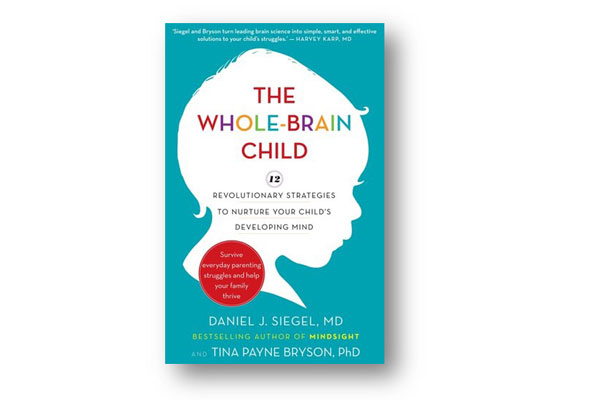The Whole-Brain Child

What you need to know:
- Review. There is no script on parenting. Each has their way of doing it. However, The Whole-Brain Child has some insights into the institution as Julius Caesar Kamukama writes.
The Whole Brain Child by Daniel J. Siegel, a psychiatrist, and Tina Payne Bryson, a psychotherapist is an insightful parenting book. The authors draw from their vast experience and knowledge to present a book with deep scientific insights for parenting, yet presented in a simple way, understandable to the lay person. They present strategies to nurture a child’s developing brain. Published in 2011 in the US by Delacorte Press, the book offers up to date and relevant brain science condensed into a form easily consumable by any literate parent who really cares about the holistic development of their child.
From the beginning, the authors point to two different ends of parenting, to help children survive or thrive. The ultimate goal, they say, is to raise your child in such a way that they will thrive. We desire for our children to do well in life: enjoy meaningful relationships, be caring and compassionate, perform well in school, be hardworking and responsible, and have a high sense of self-esteem. Yet, it is clear that the daily rigours and ‘emergencies’ of parenting do not allow parents to consciously raise their children to achieve these. As parents, we seem to be firefighting all the time, only getting a few moments to instill the so longed-for values, attributes and qualities.
The authors assert that these seeming emergencies (such as temper tantrums, fights, or undone assignments) are the perfect opportunities for parents to empower their children not only to survive but also to thrive. There is only one catch, though: parenting with the brain in mind!
The parent must be aware of the basic makeup of the brain (realising, for example, that there is a left brain and a right brain, and that there is a lower brain and an upper brain, and that all these divisions differ in function).
The key to raising children who will thrive lies in integration: horizontally integrating this logical left brain with the emotional right brain, and vertically integrating the instinctual lower brain with the thoughtful upper brain. The left brain is logical, linear, literal and linguistic; while the right brain is more holistic and non-verbal, being the seat of emotions, feelings, memories and images. Being too much on either side is to live a life that is not balanced; floating on the edge of chaos of the right brain or the aridity of the left brain. Several examples are given to explain how many of the childhood behaviours result from an imbalance in the deployment of the different parts of the brain.
The authors therefore offer 12 strategies for helping your children use their whole brain. In opposition to what would naturally seem the easier route when dealing with problematic behaviour (such as ignoring certain behaviours, exerting one’s authority to demand alternative behaviours, denying and dismissing traumatic experiences, etc), they propose right brain connection before any logical redirection, telling stories and being intentionally explicit for the healing of memories, and engaging and exercising the upper brain instead of enraging the lower brain. They introduce an interesting concept called mindsight (a combination of insight and empathy) and the wheel of awareness (helping us to distinguish between feeling and being, for example). They show that a human being is naturally wired for relationships, even though these relationships must be prepared for if they are to be fruitful.
The book has several features that make for user-friendliness and efficiency. It has several illustrations to facilitate a deeper understanding, memorisation, and application of the material. Whole Brain Kids’ sections make it easier to teach the material learnt to children of school-going age (it can be modified to suit even younger children). There are What You Can Do sections which offer practical suggestions and examples, an opportunity to quickly find actionable points for testing the ideas obtained.
In the Integrating Ourselves section, the reader gets an opportunity to apply the insights gained to one’s own adult life. The idea is that since during children’s development, their brains mirror their parents’ brains, the parents’ own growth and development will impact the children’s brain development as well- the more integrated the parents, the more the children will move towards wholeness. Even though this book is written to help us raise more integrated children who will thrive in the world, an understanding of its insights is extremely helpful even for adults and applicable to their situations.
The book ends with two special tools. A “Refrigerator Sheet” highlights the book’s most important points, helping you to capture its main ideas in an easy to refer to format. The chart called Ages and Stages categorises the book’s practical suggestions according to age and development, a summary of how its suggestions can be implemented according to the child’s age.




